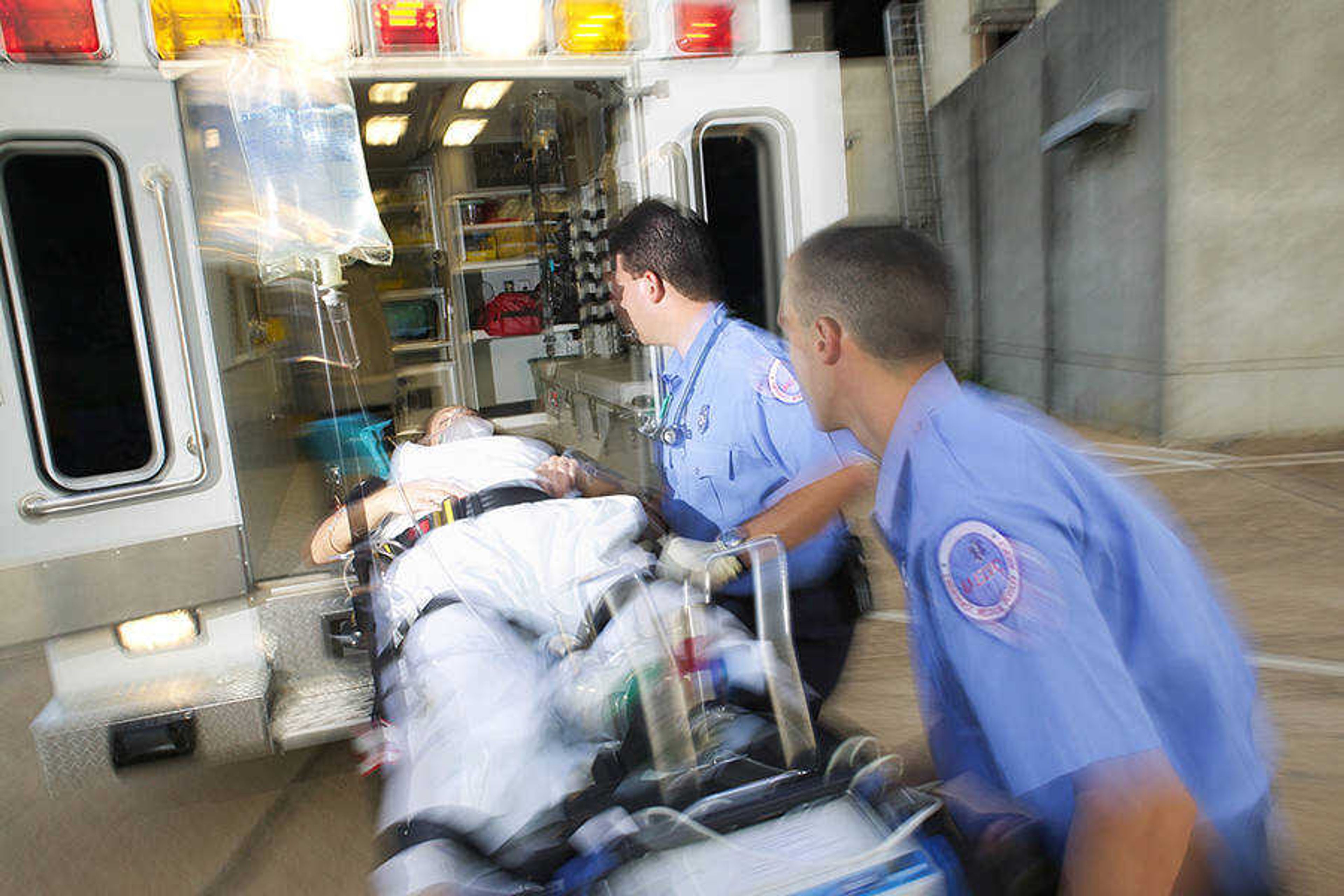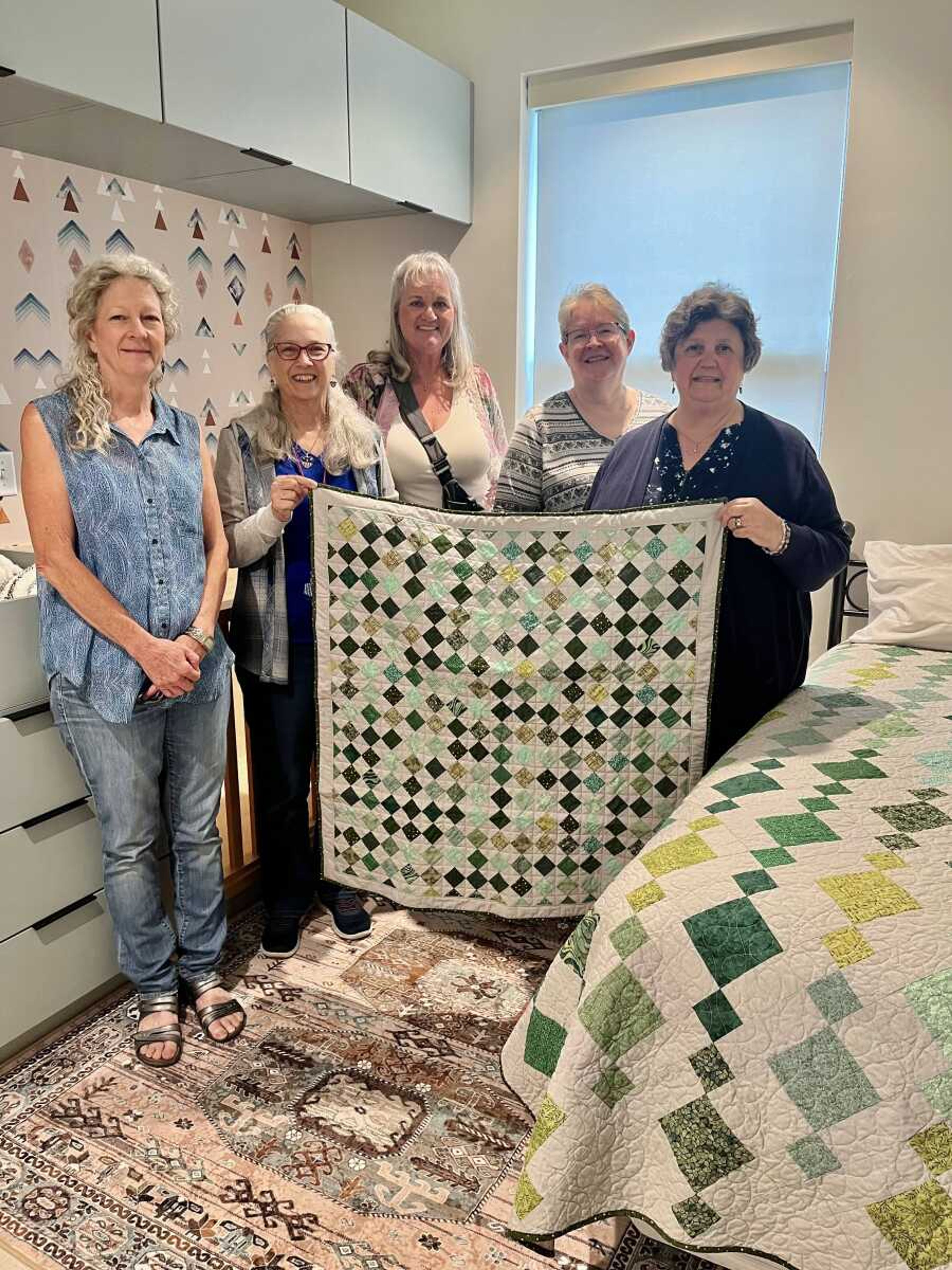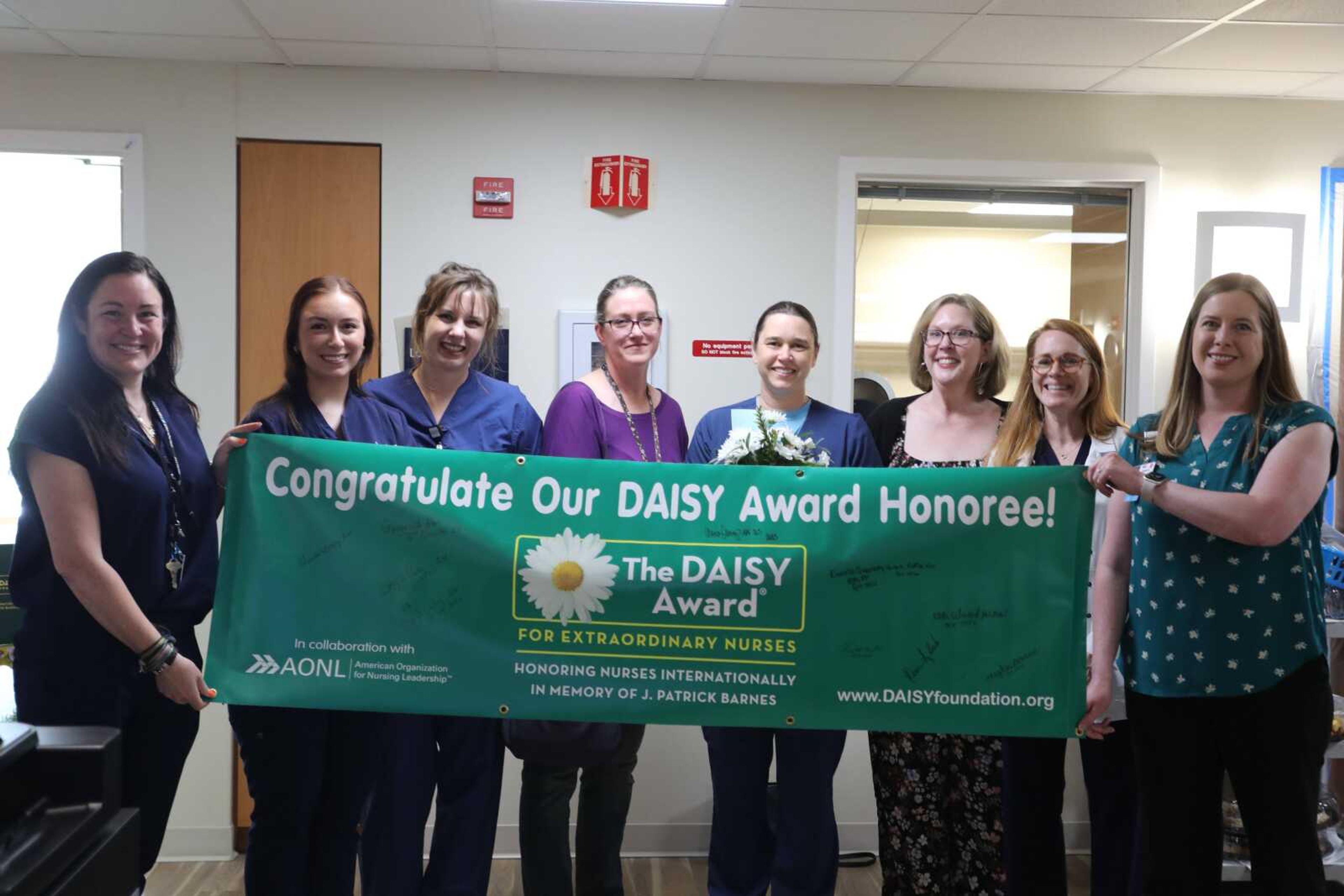Southeast Hospital Earns Level II Stroke CenteR Designation
Southeast Hospital's excellent stroke care program has earned Stroke Center Level II designation through Missouri's Time Critical Diagnosis (TCD) System. Designation as a Level II Stroke Center is further validation of Southeast's commitment to timely, definitive care that offers stroke patients the best outcomes for survival and recovery. Southeast also holds the Gold Seal of ApprovalTM from The Joint Commission for Primary Stroke Centers...
Southeast Hospital's excellent stroke care program has earned Stroke Center Level II designation through Missouri's Time Critical Diagnosis (TCD) System.
Designation as a Level II Stroke Center is further validation of Southeast's commitment to timely, definitive care that offers stroke patients the best outcomes for survival and recovery. Southeast also holds the Gold Seal of ApprovalTM from The Joint Commission for Primary Stroke Centers.
More than 400 patients are treated every year at Southeast Hospital for stroke or TIA (transient ischemic attack, a warning sign for a future stroke).
Missouri's TCD System "brings together the 911 emergency response system, ambulance services and hospitals in a new, integrated, definitive approach to provide a quicker response to stroke," said SoutheastHEALTH Emergency Services Medical Director Andrew Brenner, JD, MD. "The goal
of the TCD System is to provide the right care, at the right place, at the right time."
How the TCD System Works
When a call is made to 911, emergency medical responders begin treatment as soon as they arrive. They alert the hospital that they are en route with a patient and continue to communicate with specialized Hospital staff about the patient's treatment.
Upon arrival at Southeast's Emergency Services, a highly skilled medical team is ready to immediately continue the patient's care.
The TCD System was developed by the Missouri Department of Health and Senior Services, the Missouri Foundation for Health and partners throughout the state. The commitment to become part of the TCD System is a voluntary one that requires significant involvement of the entire stroke care team.
In order to attain Level II status, Southeast met rigorous criteria and staff education standards and demonstrated the use of the most current evidence-based guidelines for stroke care and rehabilitation. Standards for hospital performance improvement, patient safety and a commitment to providing public education about stroke also were met.
Fifth Leading Cause of Death
Incorporating stroke care into the state's TCD System will be a lifesaving benefit to many patients, said Southeast neurologist Randall L. Stahly, DO, medical director of Southeast's Stroke Center. "Stroke is the leading cause of adult disability and the fifth leading cause of death in the United States."
Dr. Stahly noted that every year, about 800,000 Americans suffer stroke and 144,000 die. For stroke survivors, damage can range from minimal to devastation and life-changing. "That makes aggressive treatment and post-stroke rehab absolutely vital," Dr. Stahly said. "At Southeast's Stroke Center, we are poised to provide the best care for the best outcome. The most important thing is to call 911 if you or someone else has symptoms of stroke."
Southeast's full continuum of stroke care includes diagnosis, treatment, speech, occupational and physical therapy, inpatient and outpatient rehab, patient education and risk factor management.
"My congratulations go to the Southeast staff in receiving this Level II stroke designation. You are a true testament of providing the highest level of care for the residents of southeast Missouri," said Southeast President and CEO Kenneth Bateman.
"This designation aligns with our mission as a regional healthcare system and our commitment to supporting healthy lives in the communities we serve."
The TCD System recognizes four levels of hospital designation across the state. These center designations reflect a range of hospital-based functions within the emergency medical care system and each plays an important part in the system.
In general, Level I centers function as resource centers within a region, generally in metropolitan area, maintaining specialized resources for the most complex patients.
Level II centers provide definitive care to high volumes of stroke patients within a region.
Level III centers provide access into the system and patient care in non-metropolitan areas, and generally refer to a higher level center for definitive care.
Level IV centers provide access into the system in rural areas and stabilize and prepare patients for rapid transfer to a higher level of care.
Connect with the Southeast Missourian Newsroom:
For corrections to this story or other insights for the editor, click here. To submit a letter to the editor, click here. To learn about the Southeast Missourian’s AI Policy, click here.










